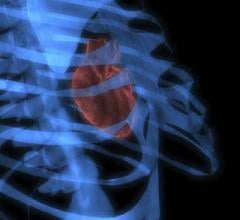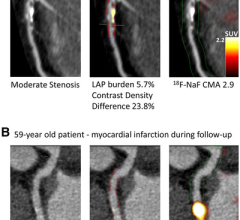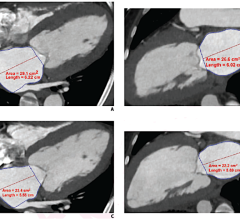August 7, 2007 - Results of study led by researchers at Oregon Health & Science University concluded that computerized provider order entry (CPOE) systems in hospitals are causing unintended adverse consequences.
The survey results appear in the July/August issue of the American Medical Informatics Association.
With CPOE systems, healthcare professionals enter medical orders, including prescriptions, directly into a computer database, with the intent of minimizing human error.
"We were told that CPOE systems are stopping far more errors than they are causing," said Joan S. Ash, Ph.D., M.L.S., M.S., M.B.A., the study’s lead investigator. Dr. Ash is an associate professor and vice chair, Department of Medical Informatics and Clinical Epidemiology, OHSU School of Medicine. "Handwritten prescriptions, for one thing, are no longer the problem they were before the systems were adopted," she said, "But we're also seeing new kinds of errors crop up. The one we've seen over and over again is physicians trying to enter orders for the wrong patient. Usually they're caught, most often by the pharmacist or the nurse, but sometimes they're not."
"An important goal of the current work," said the authors, "is to identify the types of unintended consequences so that they can be monitored and managed: once unintended consequences are predicted or detected, their management can knowingly involve tradeoffs.”
For more information: www.ohsu.edu


 November 13, 2025
November 13, 2025 








